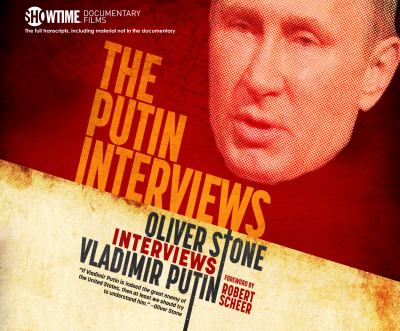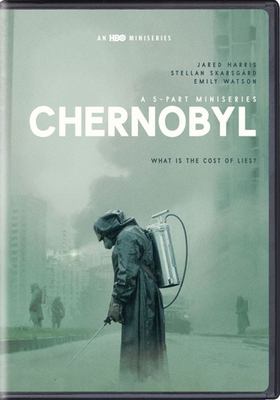To help you better understand the long history of conflict and national identity in that region of Eastern Europe, we have curated this list of resources in our library collection, as well as other trusted information sources.
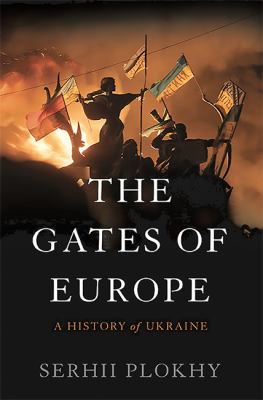
From one of the foremost experts on Ukraine and the former USSR, a concise, authoritative history of Ukraine. Ukraine is currently embroiled in a tense battle with Russia to preserve its economic and political independence. But today’s conflict is only the latest in a long history of battles over Ukraine’s existence as a sovereign nation. As award-winning historian Serhii Plokhy argues in The Gates of Europe, we must examine Ukraine’s past in order to understand its fraught present and likely future. Situated between Europe, Russia, and the Asian East, Ukraine was shaped by the empires that have used it as a strategic gateway between East and West–from the Romans and Ottomans to the Third Reich and the Soviet Union, all have engaged in global fights for supremacy on Ukrainian soil. Each invading army left a lasting mark on the landscape and on the population, making modern Ukraine an amalgam of competing cultures. Authoritative and vividly written, The Gates of Europe will be the definitive history of Ukraine for years to come

In 1929 Stalin launched his policy of agricultural collectivization–in effect a second Russian revolution–which forced millions of peasants off their land and onto collective farms. The result was a catastrophic famine, the most lethal in European history. At least five million people died between 1931 and 1933 in the USSR. But instead of sending relief the Soviet state made use of the catastrophe to rid itself of a political problem. In Red Famine, Anne Applebaum argues that more than three million of those dead were Ukrainians who perished not because they were accidental victims of a bad policy but because the state deliberately set out to kill them
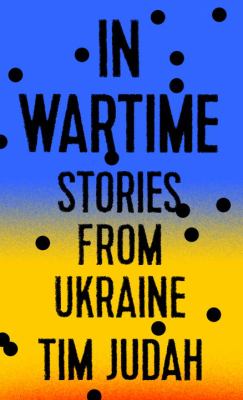
From one of the finest journalists of our time comes a definitive, boots-on-the-ground dispatch from the front lines of the conflict in Ukraine. Ever since Ukraine’s violent 2014 revolution, followed by Russia’s annexation of Crimea, the country has been at war. Misinformation reigns, more than two million people have been displaced, and Ukrainians fight one another on a second front–the crucial war against corruption. With In Wartime, Tim Judah lays bare the events that have turned neighbors against one another and mired Europe’s second-largest country in a conflict seemingly without end. In Lviv, Ukraine’s western cultural capital, mothers tend the graves of sons killed on the other side of the country. On the Maidan, the square where the protests that deposed President Yanukovych began, pamphleteers, recruiters, buskers, and mascots compete for attention. In Donetsk, civilians who cheered Russia’s President Putin find their hopes crushed as they realize they have been trapped in the twilight zone of a frozen conflict. Judah talks to everyone from politicians to poets, pensioners, and historians. Listening to their clashing explanations, he interweaves their stories to create a sweeping, tragic portrait of a country fighting a war of independence from Russia–twenty-five years after the collapse of the USSR
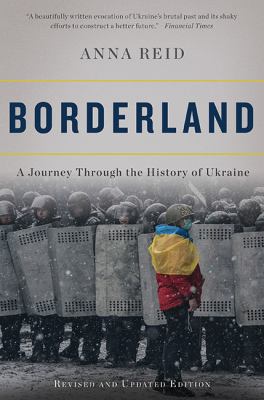
Borderland tells the story of Ukraine. A thousand years ago it was the center of the first great Slav civilization, Kievan Rus. In 1240, the Mongols invaded from the east, and for the next seven centuries, Ukraine was split between warring neighbors: Lithuanians, Poles, Russians, Austrians, and Tatars. Again and again, borderland turned into battlefield: during the Cossack risings of the seventeenth century, Russia’s wars with Sweden in the eighteenth, the Civil War of 1918-1920, and under Nazi occupation. Ukraine finally won independence in 1991, with the collapse of the Soviet Union. Bigger than France and as populous as Britain, it has the potential to become one of the most powerful states in Europe. In this finely written and penetrating book, Anna Reid combines research and her own experiences to chart Ukraine’s tragic past. Talking to peasants and politicians, rabbis and racketeers, dissidents and paramilitaries, survivors of Stalin’s famine and of Nazi labor camps, she reveals the layers of myth and propaganda that wrap this divided land. From the Polish churches of Lviv to the coal mines of the Russian-speaking Donbass, from the Galician shtetlech to the Tatar shantytowns of Crimea, the book explores Ukraine’s struggle to build itself a national identity, and identity that faces up to a bloody past, and embraces all the peoples within its borders
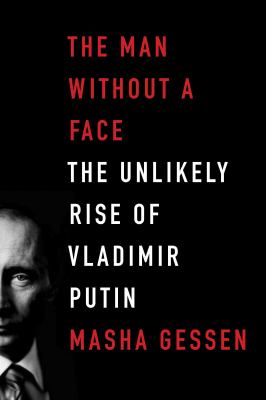
This is the chilling account of how a low-level, small-minded KGB operative ascended to the Russian presidency and, in an astonishingly short time, destroyed years of progress and made his country once more a threat to her own people and to the world. Handpicked by the “family” surrounding an ailing and increasingly unpopular Boris Yeltsin, Vladimir Putin seemed like a perfect choice for the oligarchy to shape according to its own designs. Suddenly the boy who had stood in the shadows was a public figure, and his popularity soared. Russia and an infatuated West were determined to see the progressive leader of their dreams, even as he seized control of media, sent political rivals and critics into exile or to the grave, and smashed the country’s fragile electoral system, concentrating power in the hands of his cronies. As a journalist living in Moscow, Masha Gessen experienced this history firsthand, and she has drawn on sources no other writer has tapped
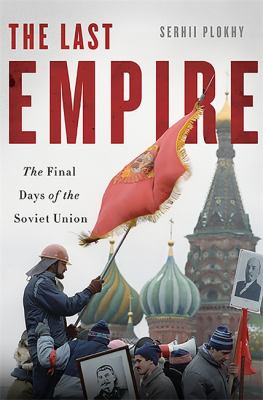
Drawing on recently declassified documents and original interviews with key participants, Serhil Plokhy presents a bold new interpretation of the Soviet Union’s final months and argues that the key to the Soviet collapse was the inability of the two largest Soviet republics, Russia and Ukraine, to agree on the continuing existence of a unified state. By attributing the Soviet collapse to the impact of American actions, US policy makers overrated their own capacities in toppling and rebuilding foreign regimes. Not only was the key American role in the demise of the Soviet Union a myth, but this misplaced belief has guided — and haunted — American foreign policy ever since.
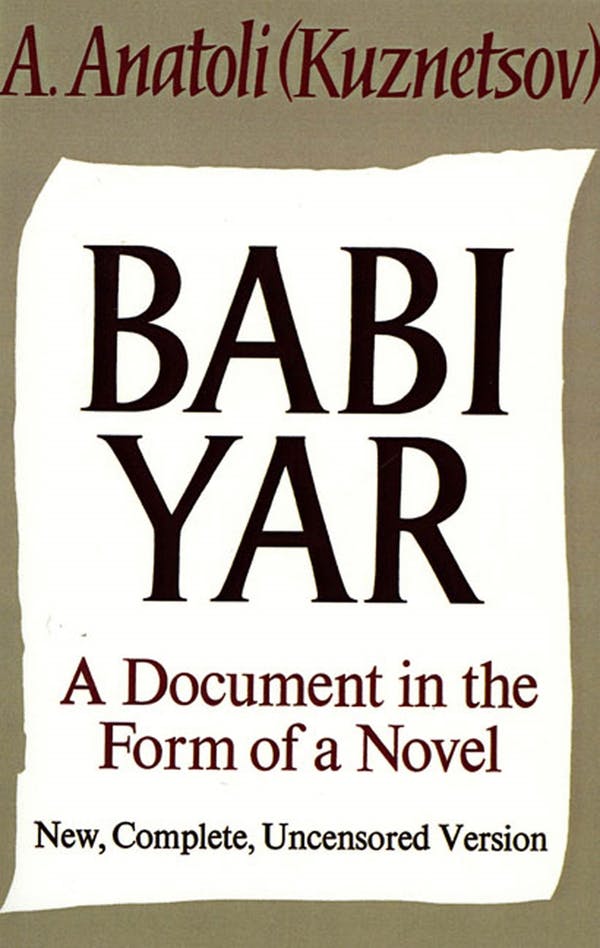
This extraordinary book began as the notebook of a teenage boy, half-Russian, half-Ukrainian, who witnessed the events surrounding the Nazis’ killing of 33,771 Jews in Kyiv’s Babyn Yar ravine in September 1941.When it was published in a Soviet journal in 1966, it was heavily censored. The antisemitism of the Stalinist regime was still embedded in the Soviet cultural establishment, which saw only “Soviet” victims of the war. “There are no monuments over Babyn Yar”, as Yevtushenko wrote in his famous poem about the massacre in 1961.
Kuznetsov defected to the west, smuggling out his complete text on film. A monument to the Jewish victims was finally erected by the newly independent Ukrainian government in 1991. Today, 100,000 Jews call Kyiv their home.

In the fall of 1995, Lisa Dickey traveled across the whole of Russia, from Vladivostok to St. Petersburg, doing deep-dive interviews with people from all walks of life. She had such a good time getting to know everyone that ten years later, in 2005, she did the whole trip again, tracking down everyone she’d talked with to see how they were doing. And in 2015, she took this “once in a lifetime trip” for the third time, once again knocking on the same people’s doors to see how their lives had changed—now 20 years after first meeting them.
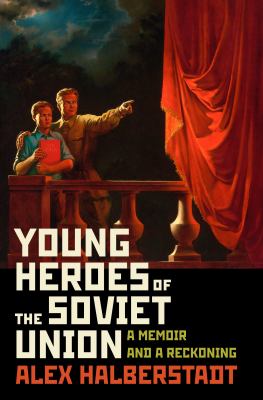
Alex Halberstadt’s paternal grandfather was the last living bodyguard for Josef Stalin. His maternal grandparents were Lithuanian Jews who watched firsthand as their world caught fire in the Holocaust. And Alex, who grew up in Moscow but moved to New York as a teenager, is now an out gay American man. From this mad tapestry of personal history, Halberstadt weaves an incredibly moving story of identity, family, and inherited trauma.
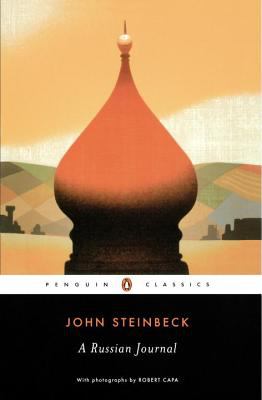
While sipping cocktails in a New York City bar in the late 1940s, John Steinbeck and the famed war photographer Robert Capa began musing about Russia. Though gallons of ink were routinely spilled in newspaper stories about the political situation there, no one covered the private lives of the Russian people, which is what these two great artists wanted to know about. So, they decided to find out for themselves.
Movies

Filmmaker Oliver Stone was granted unprecedented access to Russian President Vladimir Putin during more than a dozen interviews over two years, with no topic off-limits. This remarkable four-part documentary series provides an intimate insight into Putin’s personal and professional lives, from his childhood under communism to his rise to power, his relations with four U.S. presidents and his surprising takes on U.S.-Russian relationships today.
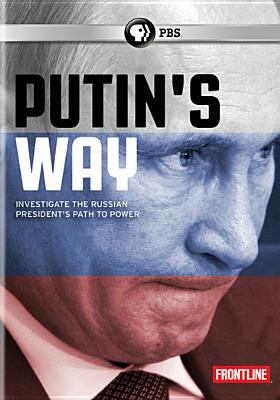
Frontline investigates the accusations of criminality and corruption that have surrounded Vladimir Putin’s reign in Russia. Tracing his career back over two decades, Putin’s Way reveals how the accumulation of wealth and power has led to autocratic rule and the specter of a new Cold War.
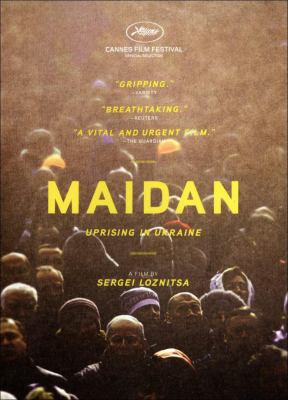
Chronicles the uprising that toppled the government of Ukrainian president Victor Yanukovich and has since developed into an international crisis between Russia and the West.
Library Databases and Websites
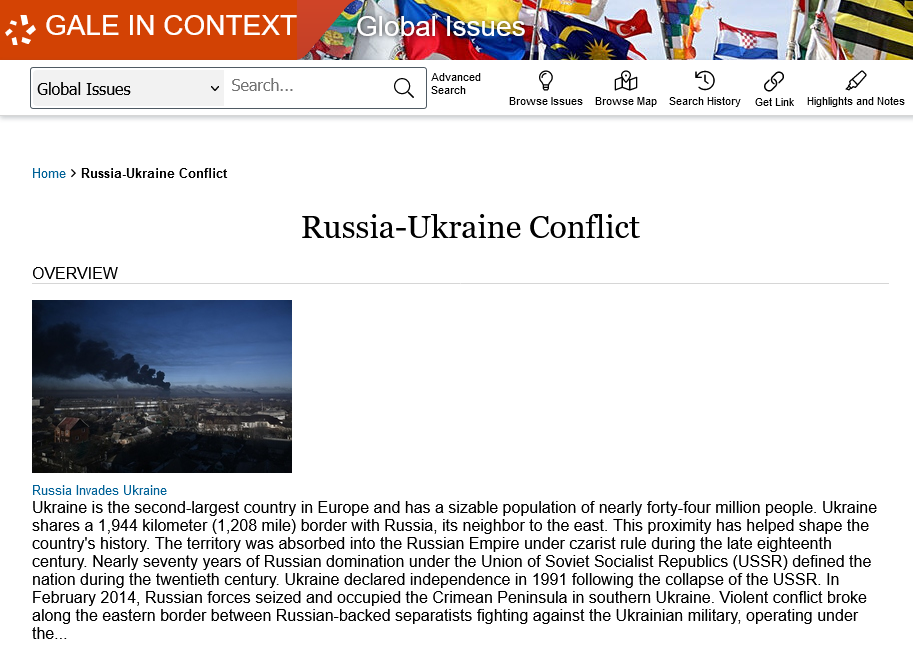
Information is broken down into the Main Ideas and includes a background to add context. At the bottom related articles are listed.

Filter your results by date to find the most relevant information.



